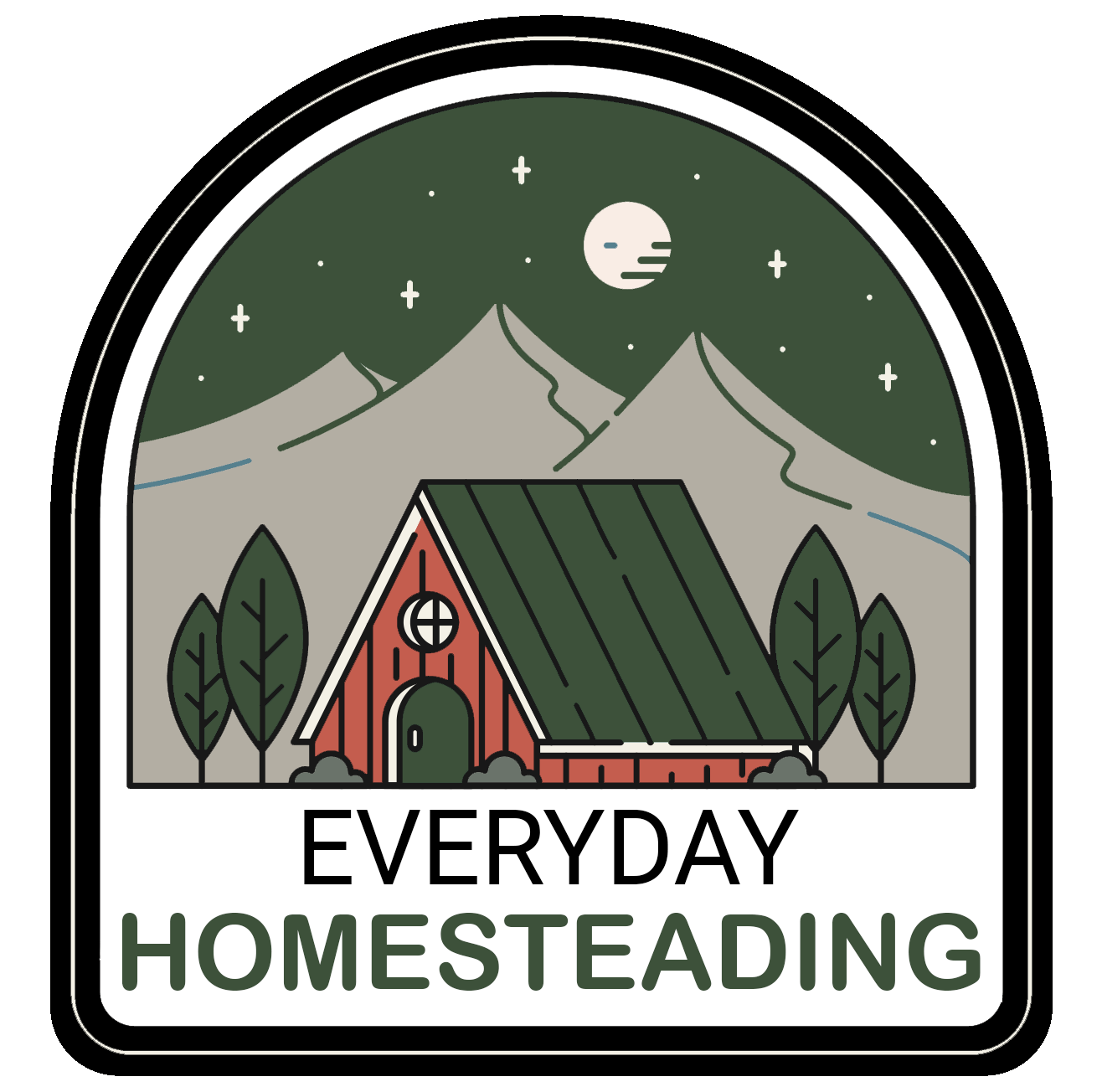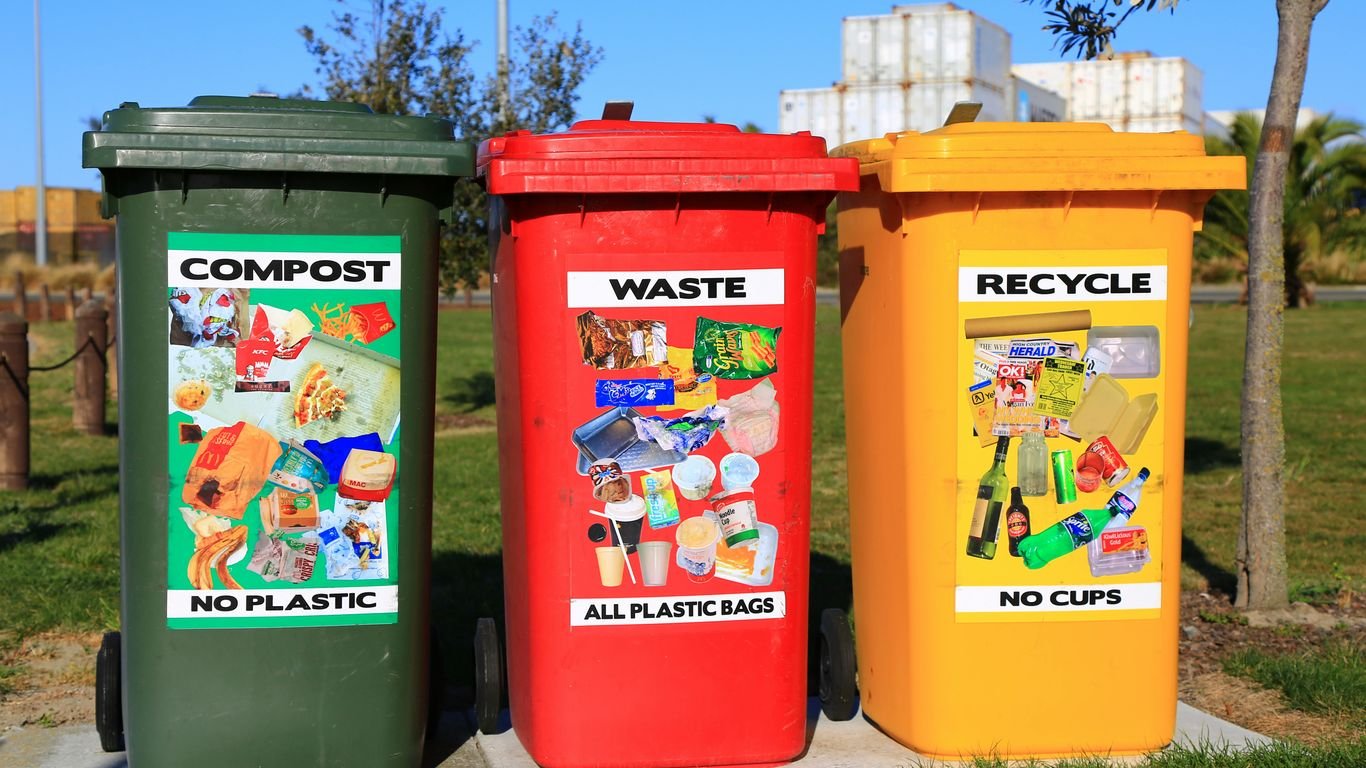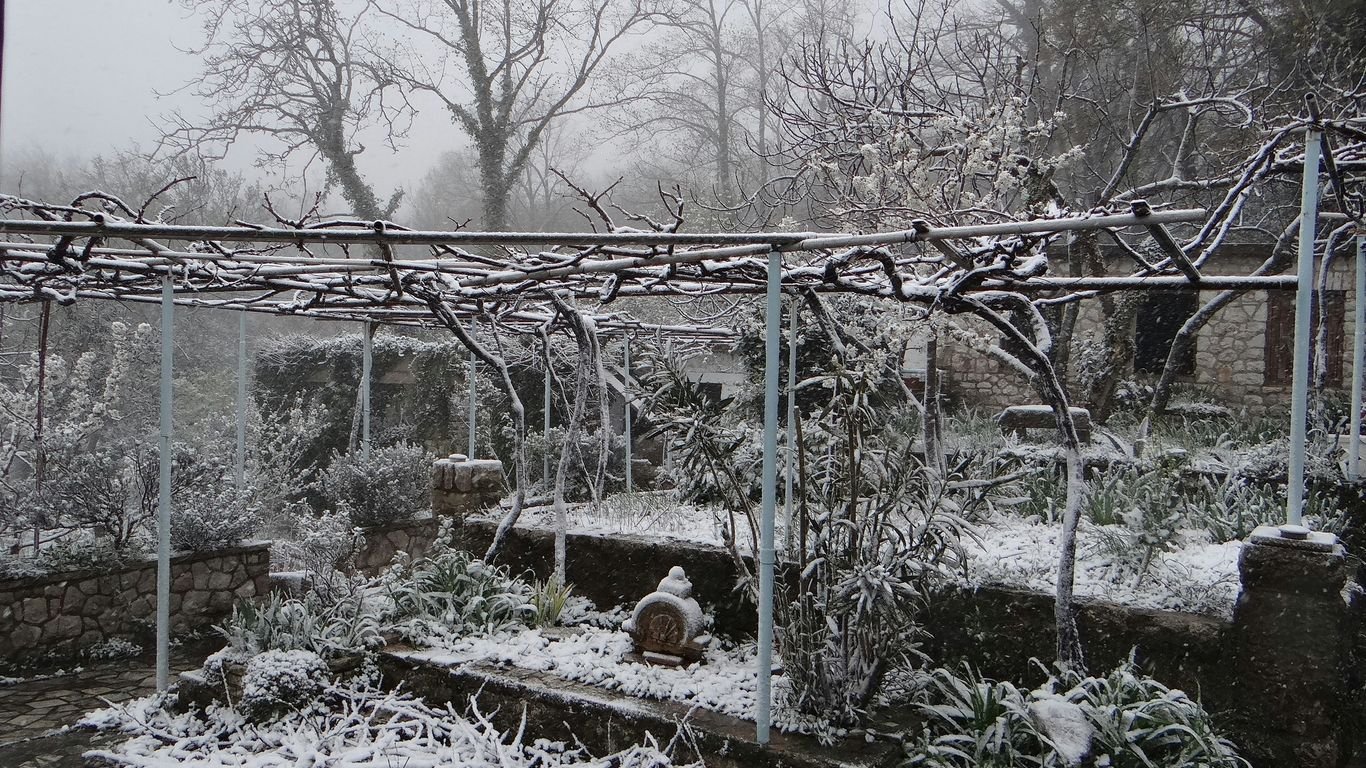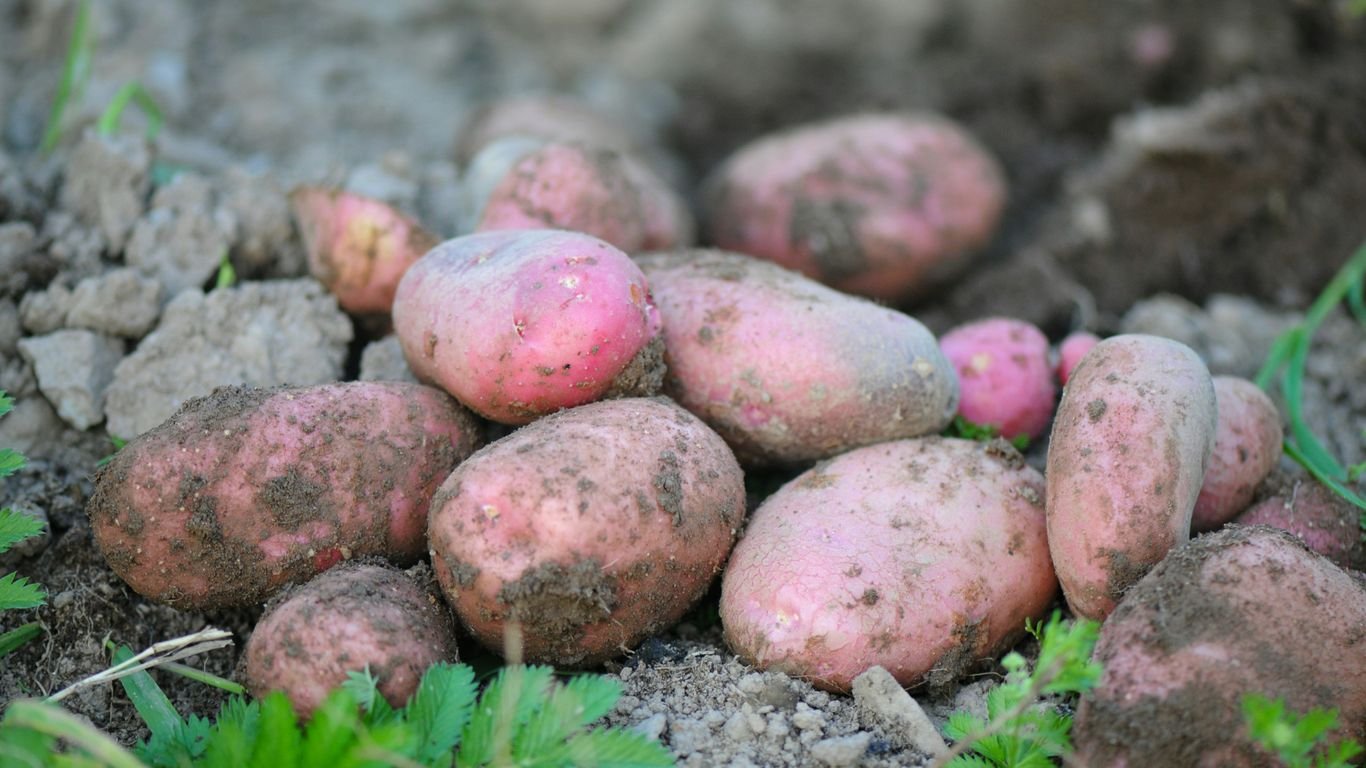Foraging in New York: Wild Plants, Berries, and Medicinal Herbs
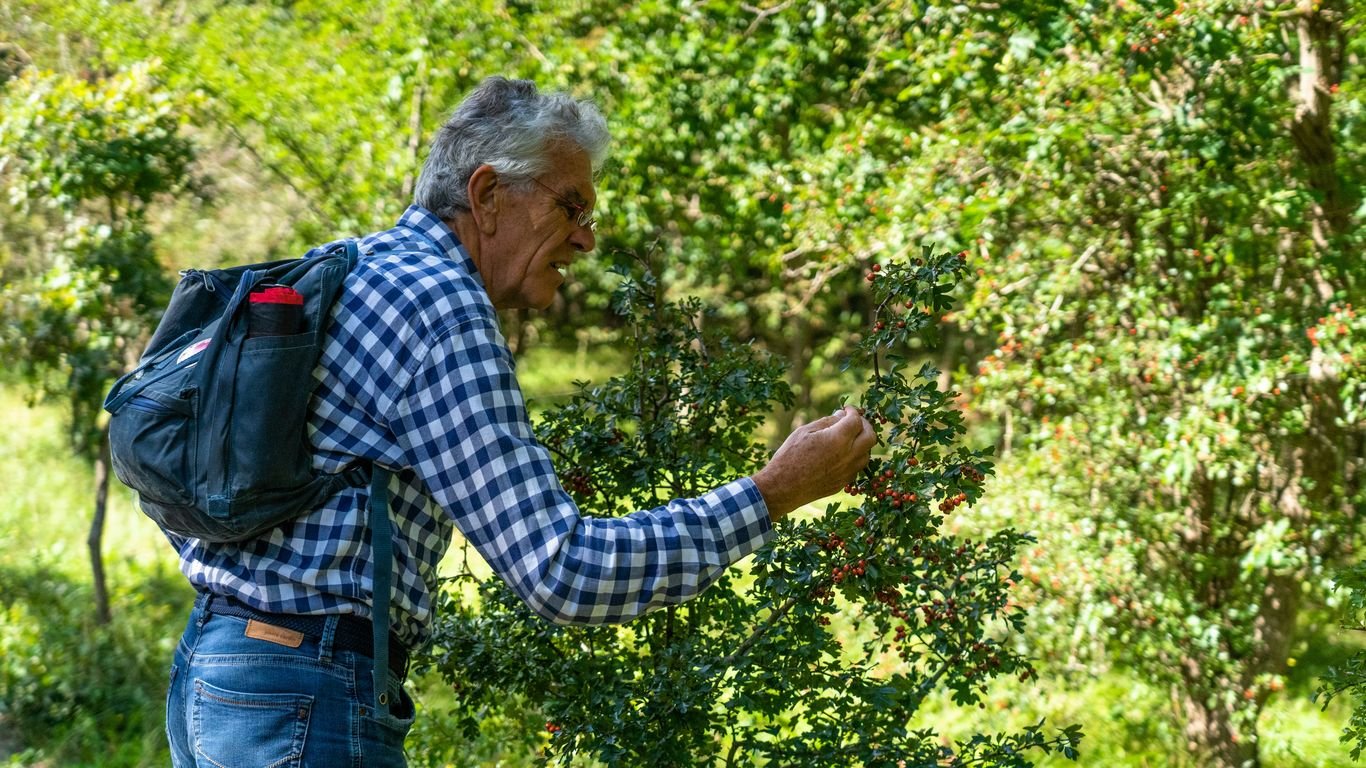
We’ve been exploring the amazing world of foraging right here in New York. It’s pretty incredible what you can find growing all around us, from tasty greens to plants that can help us feel better. It’s a great way to connect with nature and discover new flavors. We’ll walk you through how to get started, what to look for, and where to find your own wild bounty.
Key Takeaways
- New York is full of wild plants that offer both food and natural remedies, often hidden in plain sight.
- Before you start foraging, make sure you have the right tools and understand safe harvesting practices to protect yourself and the environment.
- You can find a variety of edible plants and medicinal herbs throughout New York’s forests, fields, and along waterways, depending on the season.
- Timing is key for successful foraging; different plants and berries are best harvested in spring, summer, or fall.
- Beyond the basics, there are opportunities to explore wild mushrooms, nuts, seeds, and even aquatic edibles for a more advanced foraging experience.
Getting Started With Foraging New York

So, you’re thinking about diving into the world of foraging here in New York? That’s awesome! It’s a really rewarding way to connect with nature and find some amazing food and medicine right under our noses. But before we grab our baskets and head out, there are a few things we should get straight.
What Makes Wild Plants Valuable
It might surprise you how much value is hidden in the plants growing all around us. We’re not just talking about flavor here, though many wild edibles are way tastier than their cultivated cousins. Some plants are packed with nutrients that are hard to get elsewhere, especially after a long winter. Others have been used for centuries for their medicinal properties. Think of plants like wild mint, which grows near creeks, or spicebush, often found on shady trails. Even common plants like dandelions are nutritional powerhouses. Learning to identify and use these plants can open up a whole new world of natural resources. It’s about recognizing the bounty that’s already here, often in places we overlook.
Essential Tools For The Aspiring Forager
Getting started doesn’t mean you need a ton of fancy gear. We can begin with just a few basics. First off, a good field guide is a must. Make sure it’s specific to our region, New York and the Northeast, so you’re not trying to identify plants that don’t even grow here. A sturdy basket or bag for collecting is also key – something that allows for airflow to keep your finds fresh. We’ll also need a good knife or scissors for harvesting, and of course, gloves, especially when dealing with prickly plants like nettles. A small notebook and pen to jot down observations, locations, and what you found can be super helpful too.
Here’s a quick rundown of what we recommend:
- Field Guide: Specific to New York/Northeast flora.
- Collection Basket/Bag: Breathable and durable.
- Harvesting Tool: Sharp knife or scissors.
- Gloves: For protection against thorns and irritants.
- Notebook & Pen: For recording your finds.
Understanding Safe Harvesting Practices
This is probably the most important part. Safety first, always! We need to be absolutely sure about plant identification before we even think about eating or using something. Misidentification can lead to serious health issues. It’s best to learn from experienced foragers or take a course. We also need to be mindful of where we’re harvesting. Always check local regulations – some public lands have restrictions. Never forage on private property without explicit permission. It’s also good practice to avoid areas that might be contaminated, like roadsides with heavy traffic or places that might have been sprayed with pesticides. When we harvest, we should do so sustainably. Take only what we need, leave plenty behind for the plant to reproduce and for wildlife, and try to harvest from areas where the plant is abundant. This ensures that these wild resources will be around for us and for future generations.
When we forage, we’re guests in nature’s house. It’s our responsibility to tread lightly, observe carefully, and take only what we need, leaving the ecosystem healthier than we found it. This mindful approach is what separates true foraging from simple gathering.
Edible Delights: Wild Plants To Discover
When we first started foraging, we were mostly focused on the easy stuff, like dandelions and maybe some wild berries we recognized. But as we got more into it, we realized there’s a whole world of edible plants out there, way beyond just the common weeds. It’s pretty amazing how much food is just growing around us, waiting to be found.
Nutrient-Rich Greens and Weeds
Forget the grocery store for a bit; some of the most nutritious greens are the ones we often overlook or even try to get rid of. These "weeds" are packed with vitamins and minerals, and many of them have been used for centuries as food and medicine. Learning to identify them is key, and once you do, you’ll see them everywhere.
- Dandelion: We all know this one, right? The leaves are great in salads, especially the younger ones. They have a slightly bitter taste that we actually kind of like. The roots can be roasted for a coffee substitute, and the flowers can be made into wine or fritters.
- Chickory: Similar to dandelion, chickory has a bitter green that’s good in salads. Its root is also often roasted and used as a coffee additive or substitute.
- Garlic Mustard: This is an invasive plant in many areas, which makes it a great one to forage because you’re helping the local ecosystem. It has a distinct garlic and mustard flavor, and both the leaves and the seed pods are edible.
It’s important to remember that not all green plants are safe to eat. Always be 100% sure of your identification before consuming anything. When in doubt, leave it out.
Sweet and Tart Wild Berries
Berries are probably the most exciting find for many new foragers. They’re delicious, often easy to spot, and a fantastic way to add natural sweetness to our diet. From early summer to late fall, there’s usually some kind of berry ripening.
Here are a few we’ve come to love:
- Serviceberries: These small, dark berries ripen in early summer and taste a bit like a blueberry mixed with an almond. They’re great eaten fresh or in pies.
- Wild Strawberries: Tiny but intensely flavorful, these are a real treat. They’re much smaller than cultivated strawberries but have a much stronger, sweeter taste.
- Blackberries and Raspberries: These are pretty common and usually easy to identify. We love them fresh, but they also freeze well for later use.
- Highbush Cranberries: Don’t let the name fool you; these aren’t true cranberries. They have a tart, slightly bitter flavor and are best cooked down into sauces or jellies.
Hearty Roots and Tubers
While greens and berries are great, roots and tubers are where we find some serious calories and sustenance. These underground treasures are where plants store their energy, and they can be incredibly filling and nutritious. Harvesting roots often requires a bit more effort and careful identification, as some toxic plants have edible roots.
- Burdock Root: This is a common plant with a long taproot. When cooked, it has a mild, slightly sweet flavor and a texture similar to a potato. It’s often used in stir-fries or roasted.
- Cattail Rhizomes: The root-like rhizomes of cattails are edible and can be peeled and eaten raw or cooked. They have a starchy texture and a mild flavor. The young shoots in spring are also edible.
- Wild Carrots (Queen Anne’s Lace): Be extremely careful with this one! While the root of the wild carrot plant is edible and tastes like a cultivated carrot, it looks very similar to highly poisonous plants like poison hemlock. Only harvest if you are absolutely certain of your identification.
Remember, foraging for roots often means disturbing the plant’s ability to reproduce, so always harvest responsibly and sustainably. We try to only take a portion of what we find, leaving plenty behind for the plant and for other creatures.
Nature’s Pharmacy: Medicinal Herbs Of New York

We’ve all walked past plants and wondered if they held any special properties. In New York, the answer is often a resounding yes! Our local landscapes, from parks to backyards, are brimming with wild plants that have been used for healing for ages. It’s pretty amazing to think about the natural remedies growing right under our feet.
Spring’s Detoxifying Allies
Spring feels like a natural reset, doesn’t it? It’s the perfect time to help our bodies shed the winter sluggishness and rebuild. Many plants that pop up early are fantastic for this. Think of them as nature’s gentle nudge to get things moving again.
- Nettle (Urtica dioica): This is a mineral powerhouse, especially in early spring before it flowers. It’s packed with iron, calcium, and magnesium, which are great for replenishing your system. We like to dry it for tea or cook it like spinach. Just remember to wear gloves when you’re harvesting – those little stingers are no joke!
- Dandelion (Taraxacum officinale): We often see dandelions as weeds, but their leaves are tender and less bitter in early spring, and their roots are great for liver support. You can use the leaves in salads or teas.
- Chickweed (Stellaria media): This low-growing plant is a cooling, soothing herb. It’s wonderful for skin irritations and can be used in salves or as a gentle tea. It’s usually found in moist, shady spots.
Harvesting medicinal herbs requires careful identification. Always be 100% sure of a plant’s identity before consuming or using it. Misidentification can lead to serious health issues, as many beneficial plants have toxic look-alikes. Consulting a reliable field guide or an experienced forager is key to staying safe.
Herbs For Energy And Vitality
Feeling a bit drained? Nature has some uplifting options too. These plants can help support your energy levels and overall sense of well-being.
- Red Clover (Trifolium pratense): Known for its beautiful pink flowers, red clover is often used to support the lymphatic system and can be brewed into a tea. It’s a common sight in meadows during the warmer months.
- Wild Mint (Mentha spp.): While many cultivated mints exist, wild mint varieties can be found along streams and in damp areas. It’s great for digestion and provides a refreshing lift.
- Oats (Avena sativa – wild or cultivated): While often thought of as a grain, the milky tops of oat plants, harvested just as they are forming seeds, are a fantastic nervine tonic. They help to calm and nourish the nervous system. You can make a tincture from these milky tops.
Common Plants With Powerful Properties
Some of the most potent herbs are the ones we see most often. Learning to recognize them is a game-changer for our home apothecary.
- Plantain (Plantago major/lanceolata): Don’t confuse this with the banana relative! This common lawn and roadside plant has broad leaves that are incredibly useful. We use it as a poultice for stings, bites, and minor wounds. It’s also good in teas for coughs.
- Yarrow (Achillea millefolium): With its feathery leaves and white or pinkish flowers, yarrow is a versatile herb. It’s known for stopping bleeding (hence its nickname ‘soldier’s woundwort’) and can be used to support the immune system. You can find it in fields and along trails.
- Mullein (Verbascum thapsus): This tall plant with fuzzy leaves is a go-to for respiratory support. Its leaves and flowers can be infused in oil for earaches or made into a tea for coughs. It often grows in disturbed soil and along roadsides. Learning about the plant lifecycle is important for harvesting mullein, as its gifts change throughout its biennial growth. Foraging for wild edibles can be a rewarding experience when done correctly.
Remember, responsible harvesting is key. Always be sure you’re gathering from areas that are clean and free from pollutants, and never take more than you need. Happy foraging!
Where To Find Your Bounty
So, you’re ready to get out there and find some wild goodies, but where do you even start looking? New York is surprisingly full of places where plants and herbs just love to grow. We’ve found that different habitats offer different kinds of treasures, so knowing a bit about where to look can really pay off.
Forests and Woodlands
These are classic spots for a reason. Deep in the woods, we often find things like mushrooms after a good rain, or certain types of berries that prefer shade. You might also stumble upon edible roots or medicinal herbs that thrive in the dappled sunlight filtering through the trees. Keep an eye out for areas with rich, dark soil; that’s usually a good sign.
Meadows and Open Fields
Think of these as nature’s salad bars. Sunny meadows are fantastic for finding a wide variety of greens and flowers. We’ve had great luck finding things like wild violets, dandelion, and clover in these open spaces. If you’re looking for seeds or certain types of berries that need full sun, this is definitely the place to explore. Just be mindful of tick season here!
Along Waterways and Wetlands
Water is life, and where there’s water, there’s often a unique set of plants. Creeks, riverbanks, and marshy areas are prime spots for plants like wild mint, watercress, and cattails. These damp environments can be incredibly productive, but remember to wear waterproof boots and be aware of slippery banks. Some of the most potent medicinal herbs also grow in these moist conditions.
Always remember to check local regulations before you forage. Some public lands have specific rules about what you can collect, and it’s always important to get permission if you’re on private property. We want to be good stewards of the land, after all.
Here’s a quick rundown of what you might find where:
- Forests: Mushrooms, shade-loving berries, roots, certain medicinal herbs.
- Meadows: Greens, flowers, sun-loving berries, seeds.
- Waterways: Mint, watercress, cattails, moisture-loving herbs.
Timing Is Everything: When To Forage
Knowing when to head out is half the battle when it comes to foraging. Different plants and their parts are ready for harvest at different times of the year. It’s like a natural calendar, and if you miss the window, you might miss out on the best quality or even the entire bounty.
Spring Awakening: Early Harvests
Spring is when the world wakes up, and so do many of our edible and medicinal plants. We’re talking about those first tender greens pushing through the soil. Think about dandelion greens, which are best when young and less bitter. And who can forget those sought-after fiddleheads? These coiled fern fronds are a springtime delicacy, but you have to get them when they’re just unfurling. It’s a short window, so you’ll want to be ready.
- Dandelion Greens: Best in early spring before they flower.
- Fiddleheads (Ostrich Fern): Harvest when tightly coiled, typically April to May.
- Wild Leeks (Ramps): Leaves and bulbs are prime in April and May.
Summer’s Abundance
Summer is when things really get going. The plants are mature, and the berries start to ripen. This is a fantastic time for gathering fruits and flowers. Wild strawberries, blueberries, and raspberries are abundant in many areas. We also see medicinal herbs like wild bergamot reaching their peak. Remember, the exact timing can shift a bit year to year based on the weather, so keeping an eye on your local conditions is key.
- Wild Strawberries: Usually ripe by June.
- Blueberries: Peak season is often July.
- Raspberries: Can be found from June through August.
- Wild Bergamot: Flowers bloom mid-summer.
Autumn’s Rich Offerings
As the weather cools, autumn brings a different kind of harvest. This is the time for nuts, seeds, and roots. Think black walnuts, hazelnuts, and acorns (which need processing, of course). Many medicinal roots, like burdock or wild ginger, are also best harvested in the fall after the plant has stored energy in its roots. The leaves might be falling, but the ground is still giving.
- Black Walnuts: Mature and drop in September and October.
- Hazelnuts: Ready for picking in late August and September.
- Burdock Root: Best dug in the fall.
Winter’s Hardy Treasures
Don’t pack away your foraging basket just yet when winter arrives! While most plants are dormant, there are still treasures to be found. Some evergreens offer edible needles for tea, like wintergreen. Certain hardy roots might still be accessible, and if you’re lucky, you might find some late-season mushrooms or even dried berries that have persisted on the branches. It’s a quieter time, but still rewarding for the persistent forager.
Harvesting at the right time isn’t just about getting the most food; it’s about quality. A plant harvested too early or too late might be less flavorful, less nutritious, or even harder to digest. Paying attention to the seasons ensures we’re gathering nature’s gifts at their absolute best.
Beyond The Basics: Advanced Foraging
Once we’ve gotten comfortable with the common greens and berries, it’s natural to want to explore a bit further. This is where things get really interesting, and we can start looking at some of the more specialized edibles and medicinal plants out there. It’s about expanding our knowledge and our pantry, but always with respect for the environment.
Exploring Wild Mushrooms
This is a big one, and honestly, it deserves its own entire guide. Mushroom foraging is incredibly rewarding, but it also carries the most risk. Misidentification can have serious consequences. We’re talking about everything from delicious morels and chanterelles to potentially deadly amanitas. It’s absolutely vital to learn from experienced mushroom hunters, use multiple reliable field guides, and start with species that are very easy to identify. Never, ever eat a mushroom unless you are 100% certain of its identity. We often focus on a few key species that are hard to confuse with toxic look-alikes, like puffballs (when pure white inside) or certain oyster mushrooms. Remember, when in doubt, throw it out.
Harvesting Nuts and Seeds
Nuts and seeds are fantastic for adding calories and nutrients to our diet, especially as we head into cooler months. Think about acorns, which need processing to remove tannins but are incredibly versatile once prepared, or hickory nuts and black walnuts, which are a real treat. We also look for things like wild sunflower seeds or lamb’s quarters seeds. It’s a different kind of harvesting than leafy greens; it often involves patience and sometimes a bit of cracking or processing.
Here’s a quick look at some common finds:
- Acorns: Require leaching to remove tannins. Can be ground into flour.
- Black Walnuts: Strong flavor, great for baking or snacking. Can stain your hands for days!
- Hickory Nuts: Sweet, rich flavor. Often found in shagbark hickory trees.
- Beech Nuts: Small, triangular nuts. Best eaten fresh or lightly roasted.
Discovering Aquatic Edibles
This is a less common area for many foragers, but New York has some fantastic opportunities along its waterways. Cattails are a prime example – their roots are starchy and edible, and the young shoots in spring are like a wild asparagus. Watercress is another common find, offering a peppery bite. We also look for things like wild rice (though this is more common in specific regions) or certain edible aquatic roots. Always be mindful of water quality; avoid harvesting from areas that might be polluted or have agricultural runoff. It’s also important to understand the specific regulations for harvesting in aquatic environments, as these can differ from land-based foraging. For anyone interested in expanding their foraging horizons, exploring aquatic edibles can be a fascinating next step.
When we move into advanced foraging, we’re not just looking for food; we’re deepening our connection to the ecosystem. It means understanding plant life cycles, soil health, and the subtle signs of the seasons. It’s about becoming a more observant and responsible steward of the land, ensuring that what we take today will be there for generations to come. This level of foraging requires patience, continuous learning, and a healthy dose of humility.
Happy Foraging!
So there you have it, a little taste of what New York’s wild spaces have to offer. We’ve only scratched the surface, really. There’s so much more out there waiting to be discovered, from the common weeds in your backyard to the more hidden gems in our forests and fields. Remember to always be safe, do your homework before you pick anything, and respect the land. It’s a pretty amazing feeling to connect with nature this way, finding food and medicine right under our noses. We hope this gets you excited to step outside and start exploring. Happy foraging, everyone!
Frequently Asked Questions
What are the most important things we need to know before we start foraging?
Before we head out, it’s super important to learn about safe ways to find and pick plants. We need to know which plants are safe to eat and which ones to avoid. Also, we should always think about not taking too much from nature so it can keep growing. Having good tools like a basket, gloves, and a field guide is also a good idea.
Are there any wild plants in New York that are dangerous to eat?
Yes, definitely. Some plants look a lot like edible ones but can make us sick. It’s crucial to be 100% sure about a plant’s identity before we even think about eating it. Using a reliable field guide and maybe even going with an experienced forager when we’re starting out can help us stay safe.
What’s the best way to learn about wild plants?
We can start by getting some good books that show us pictures and tell us about plants in our area. Taking a class or going on a guided walk with someone who knows a lot about foraging is also a great way to learn. The more we practice identifying plants, the better we’ll get.
When is the best time of year to go foraging in New York?
Each season brings different goodies! Spring is great for fresh greens and roots like nettles and dandelions. Summer is when berries ripen, and we can find lots of fruits. In the fall, we can look for nuts and some roots. Even in winter, there are hardy greens we can find if we know where to look.
Where can we find wild plants to forage?
Wild plants grow in many places! We can look in forests, along the edges of woods, in open fields and meadows, and near streams or wetlands. Just remember to check if we’re allowed to forage in that area, especially if it’s private property.
What should we do if we’re not sure about a plant?
If there’s even a tiny bit of doubt about whether a plant is safe to eat or use, we should leave it alone. It’s always better to be cautious. We can take a picture and try to identify it later or ask an expert. Our safety is the most important thing.



